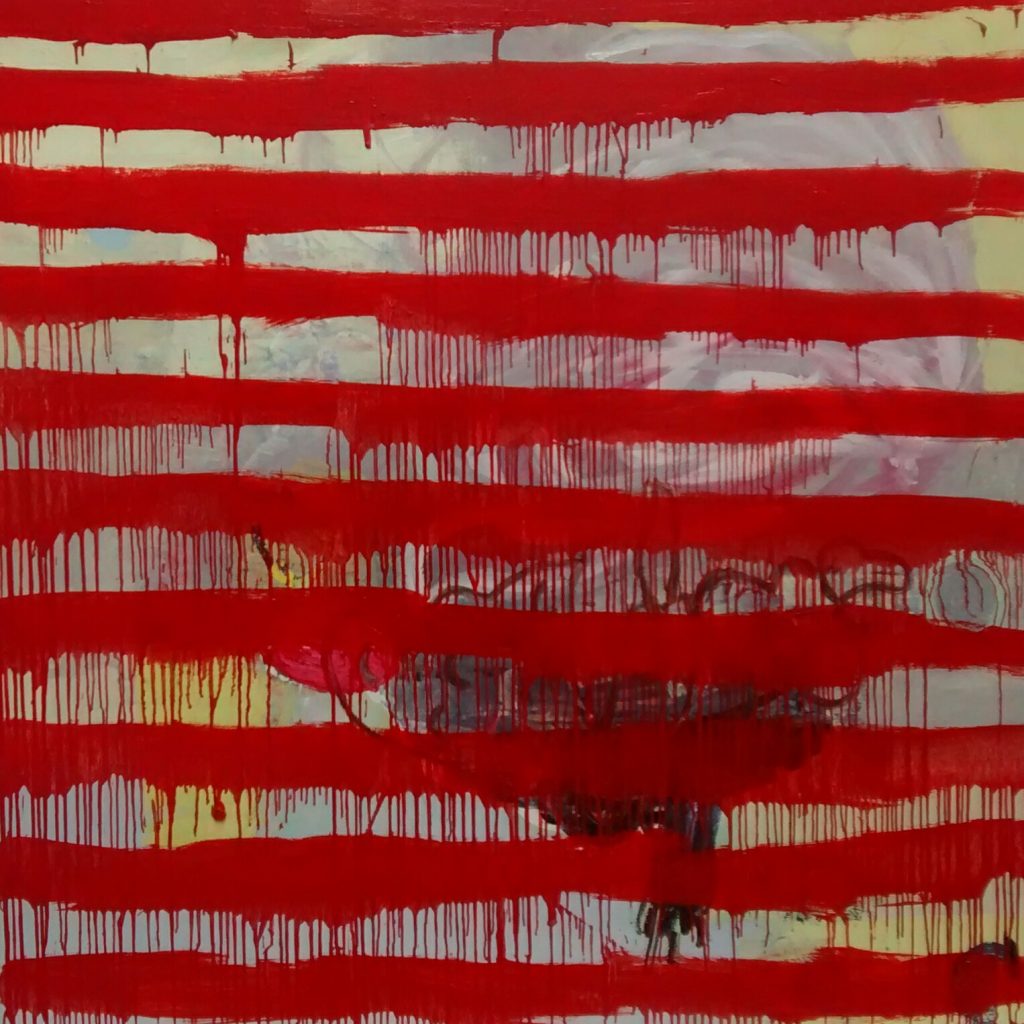Political and social commentary as well as propaganda have always had important functions in art. In visual art, iconography, (literally, the writing of images) is frequently categorized by period, culture, and style. It encompasses spiritual, religious, political, military and social themes. In the ancient world, it was common to display military prowess via relief sculpture on walls, triumphal arches, and steles. The Greeks and Romans glorified the human body in its sensual and erotic idealized beauty. Early Christian artists told the “holy story” through clothed, doll-like images to a largely illiterate public. In the Renaissance, a time when the church was the main source of patronage, the ancient idealism and adoration of the human body was reintroduced, while the holy story was populated with reminders of ancient gods. Gothic artists in France and Northern Europe built cathedrals that could accommodate pilgrimage, with large-scale sculpture and stained glass windows, honoring and humanizing Christian themes. Baroque artists like Bernini brought drama and energy to sculpture and architecture and this was followed by the Rococo period, where decorative swirls and intense, delicate movement were designed for monarchs like Louis XIV. Soon thereafter, Jacques-Louis David in addition to his “Oath of the Tennis Courts”, a critical event in the French Revolution, depicted a toothless and worn Marie Antoinette on the way to the guillotine, while Elizabeth Vigee Lebrun showed her as beautiful and young.
Goya (Third of May, 1808, and Disasters of War) and Picasso (Gurenica) made political statements in the 19th and 20th centuries that depict the horrors of war from the point of view of defeated and victimized civilians. Modernism itself could be seen as a political turning point. Industrialism, the changing roles of men and women, class structure, and technology became subjects, along with the properties and elements of art itself. Art for Art’s sake. This was accompanied by the existential crisis between the two world wars that gave rise to Dada and Surrealism.
In the past half century, artists have continued the Dada tradition of asking us to examine our attitudes about taste, culture, and the nature of aesthetic thought. The environment, disparity between classes, socioeconomic inequality, marginalized segments of the population, and the resurgence of the politics of religion are all relevant topics. Groups like Pussy Riot, the Guerilla Girls, the Fluxus movement, and street artists Keith Haring, Shepard Fairy, and Bansky have changed the landscape of contemporary art. These groups and individuals pose questions similar to those asked by the Dada artists, whose leader, Marcel Duchamp, described the movement as “the absence of taste, either good or bad”. The politics of the art world and the art world’s view of politics are entwined in this regard. When art asks us to examine our values, beliefs and code of ethics, it is by definition political, since it addresses interactions with others. These interactions can only take place in a community, or polis, as the ancient Greeks referred to it.
What can we expect artists to do today; in an era where tweeting and “pussy grabbing” are part of a president elect’s everyday language. Where the president’s business interests overlap with international trade decisions, where billionaires are selected to hold cabinet posts because they are viewed as “winners?”
Time will tell, but there is comfort in the words of Robert Henri, who said that all real change comes from the underground, the brotherhood, and people in the brotherhood recognize each other, they are from different times, backgrounds, ages, and places. They are artists, writers, poets, and philosophers and belong to all occupations. They are thinking people who don’t take things at face value, and who look beyond the surface for truth.
Carol Heft, HAF editorial
Carol Heft is a New York City based artist and educator. She is a graduate of the Rhode Island School of Design and her work has been exhibited internationally. She teaches Drawing, Painting, and Art History at several colleges in New York and Pennsylvania, and is represented by the Blue Mountain Gallery in New York City.
featured image: “flag” oil on canvas 54 x 54″ by Heather Wilcoxon, USA



Greetings! I’ve been reading your site for a while now and finally got
the bravery to go ahead and give you a shout out from Porter Texas!
Just wanted to mention keep up the great job!
thank you, article feedback is greatly encouraged